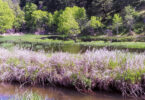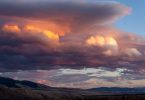Birds, butterflies, wildflowers may all be slow in happening in early April. Adjust your search on your next nature hike. Look for buds on shrubs and trees. Not enough variety, add rocks to the finding list. Even if you do not find much, the stories behind these life processes are interesting.
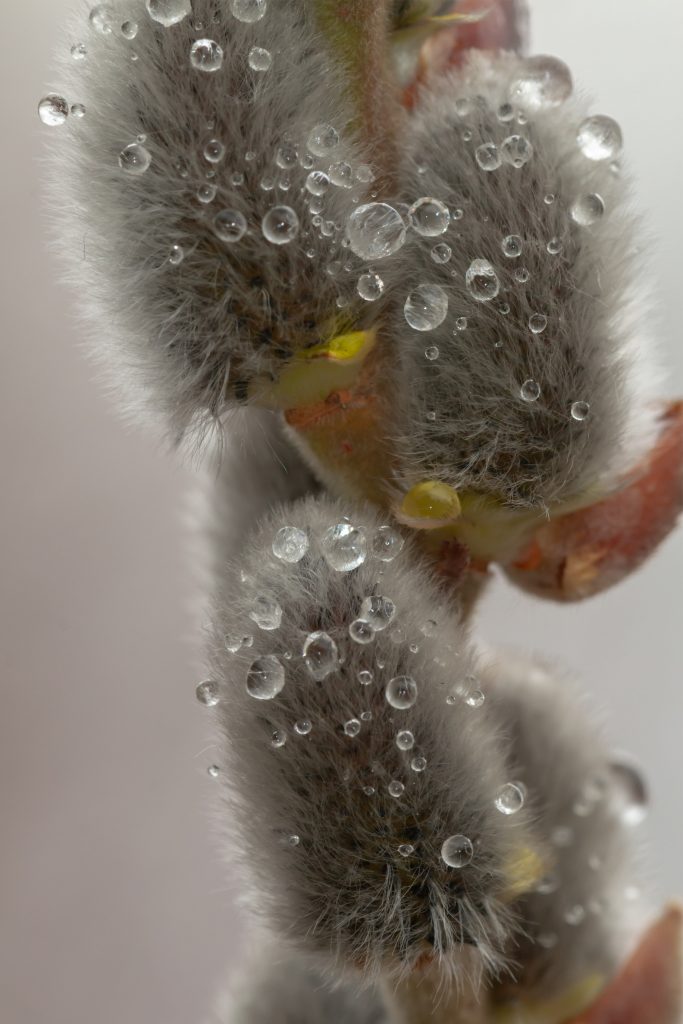
Willow species are dioecious. That means male and female catkins are found on separate plants to prevent self pollination.
Look for these biological processes…
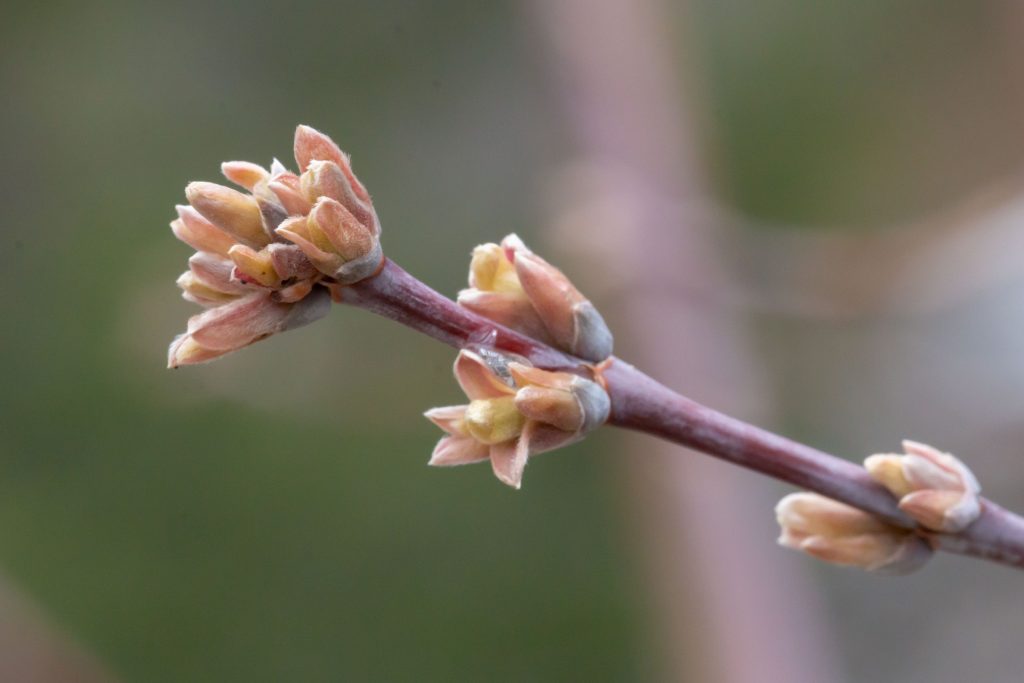
Box Elder are found all over North America. Preferred habitat usually includes moist to wet soils. Riparian corridors are good places to look.
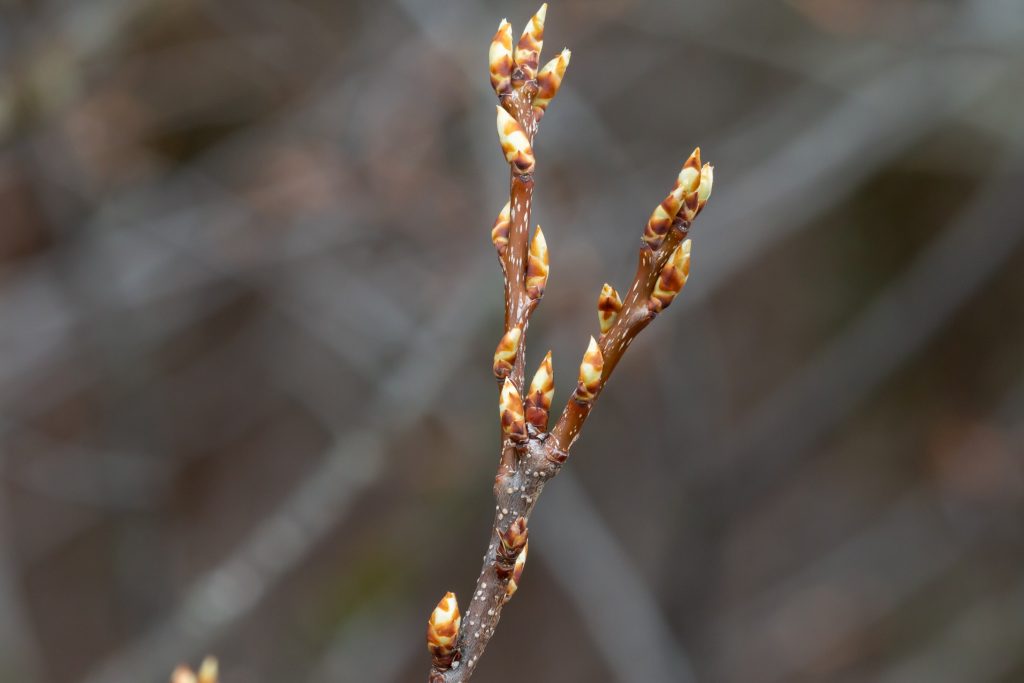
or ancient geological processes
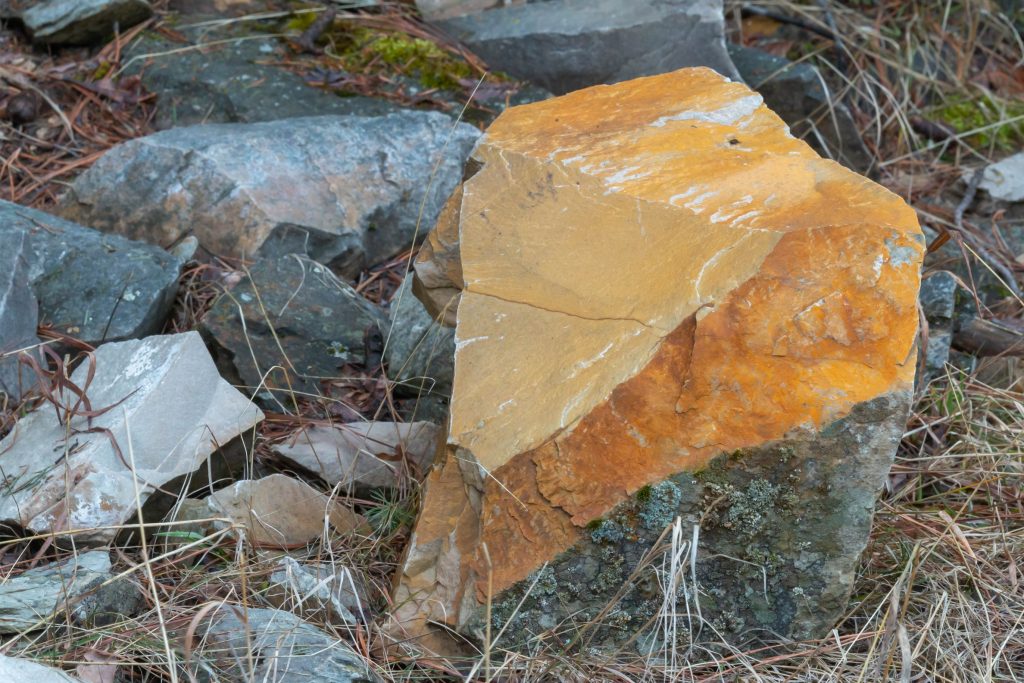
Rocks are always a good go-to for color when plants and animals may be lacking on the landscape. The right aged rock might even have fossil plants and animals in them. Not in this case. These rocks were formed long ago when life was somewhat limited to blue-green algae. According to Roadside Geology of Montana (Alt and Hyndman 1986) the pictured rocks (photos above and below) are Precambrian in nature of an age estimated to be between 1500 and 800 million years ago.
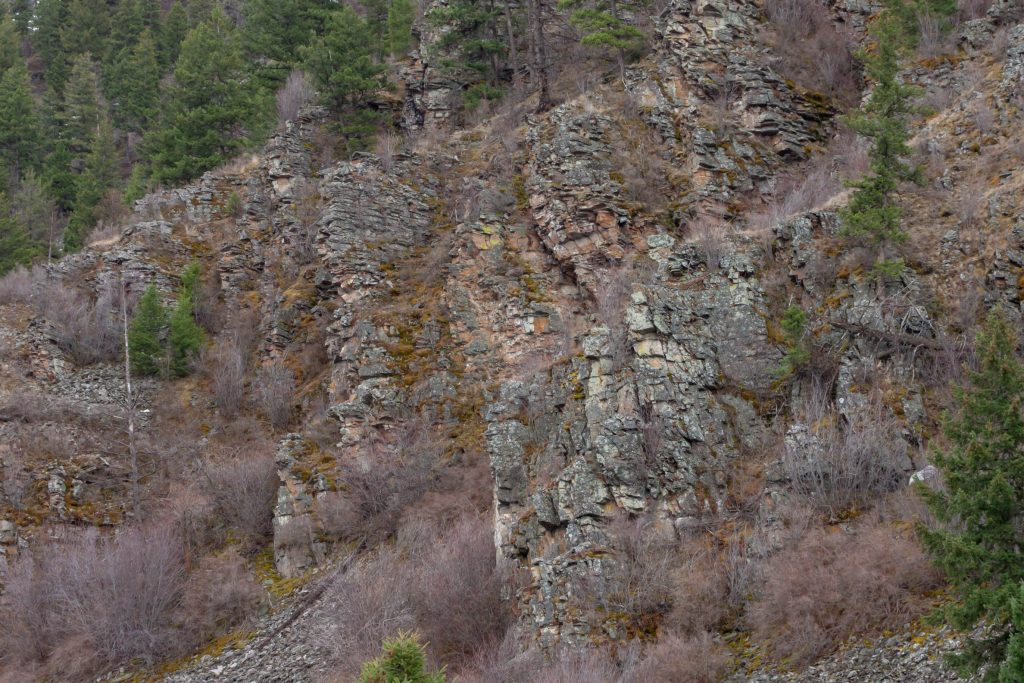
Little preparation is necessary for looking at buds and rocks. Finding them just requires you to be a good observer. I do recommend taking a digital camera to record your findings on your next nature hike. There are many online resources for identifying and describing what you photographed. Have fun!


